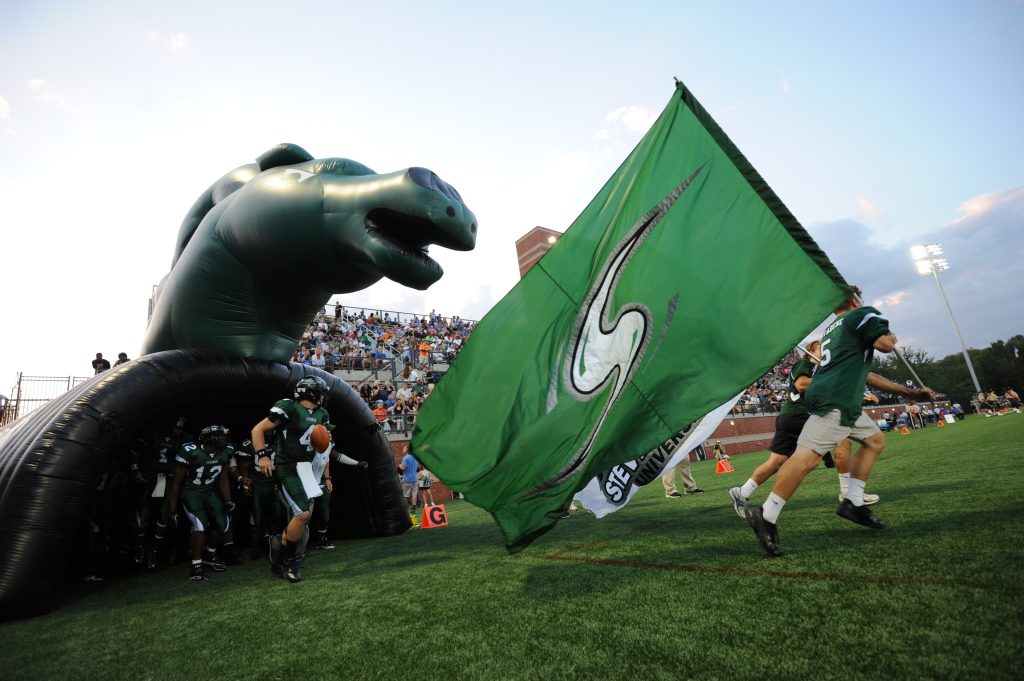
Environmental science majors Mark Moody, John Prettyman, and Jonathan Mann (bottom right) head to the Inner Harbor in downtown Baltimore. Their research with Dr. Keith Johnson partners with the National Aquarium to monitor water quality in the harbor. They are collecting information like salinity, dissolved oxygen, conductivity, water clarity as well as monitoring floating wetlands and juvenile oysters growing next to the aquarium and all of the fish and invertebrates that live around the oyster reef structures and wetlands.
Biology majors Empryss Tolliver and Virginia Williams work with Dr. Sam Obae identifying whether the endangered Crocanthemum dumosum is a unique species or a morphological variant of C. canadense. Empryss is working to optimize PCR protocols for use in plant studies. Virginia uses DNA barcoding techniques in comparing samples of the Crocanthemum sp that were collected in Massachusetts.
“Completing research at Stevenson has allowed me to apply all of the skills I’ve learned throughout my undergraduate career in a practical setting, while confirming my passion for molecular biology.“ – Virginia Williams
“Independent Research has been such an amazing experience for me. It has allowed me to grow not only in a professional light but it also has contributed greatly to my experience as a scientist. I am very glad I decided to take advantage of the incredibly beneficially opportunity to have hands on experience in a lab.“ –Empryss Tolliver
Zac Cather (bottom left) spends time with Dr. Mark Norris exploring the role of hemlock trees in the forest and steam ecosystems. Hemlock is a foundation species in east coast forests that is rapidly being lost due to the spread of the non-native pest, hemlock woolly adelgid. By cataloging the hemlock in a forest, along with the macro-invertebrates in nearby stream, they can assess the overall health of the forest.
Ryan James, Lexy Gannon, and Elena Wills (top right) use yeast a model organism to study DNA break repair in Dr. Rebecca Burgess’s lab. The processes are similar in many organisms, whether yeast or human, so what is learned can be used to understand how the failure to repair breaks can result in aging or cancer.
“I’ve always been interested in microbiology but after doing research this semester, Ive become even more excited to see where studying micro can take me in my career.” –Mychala Snead (top left)





